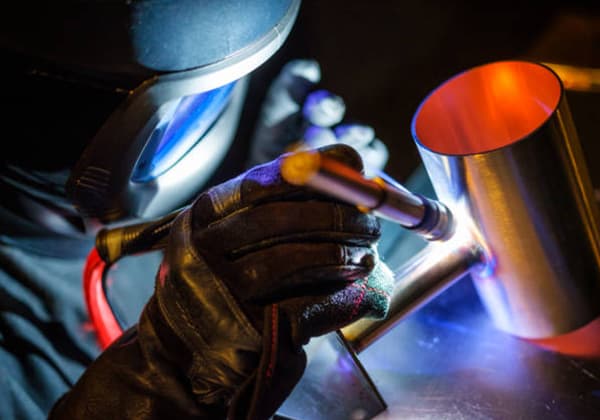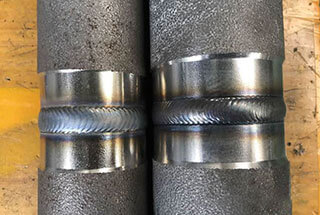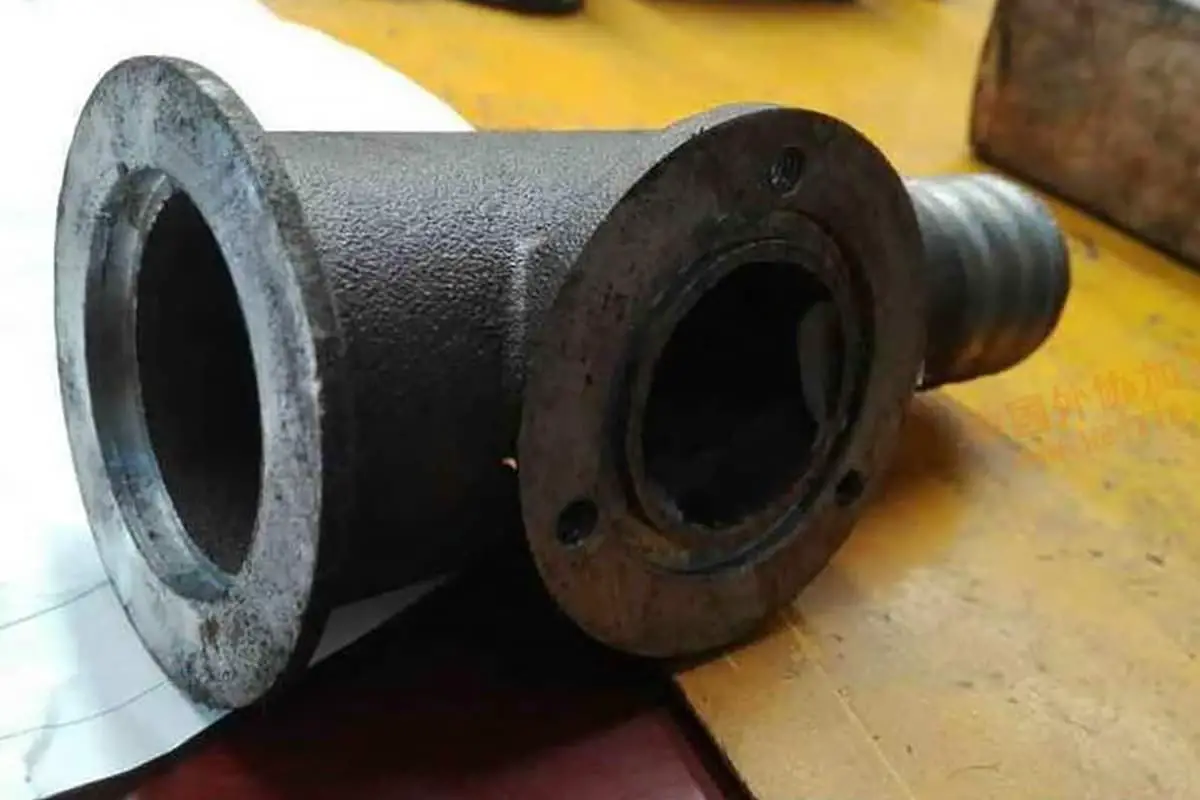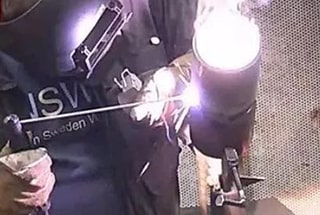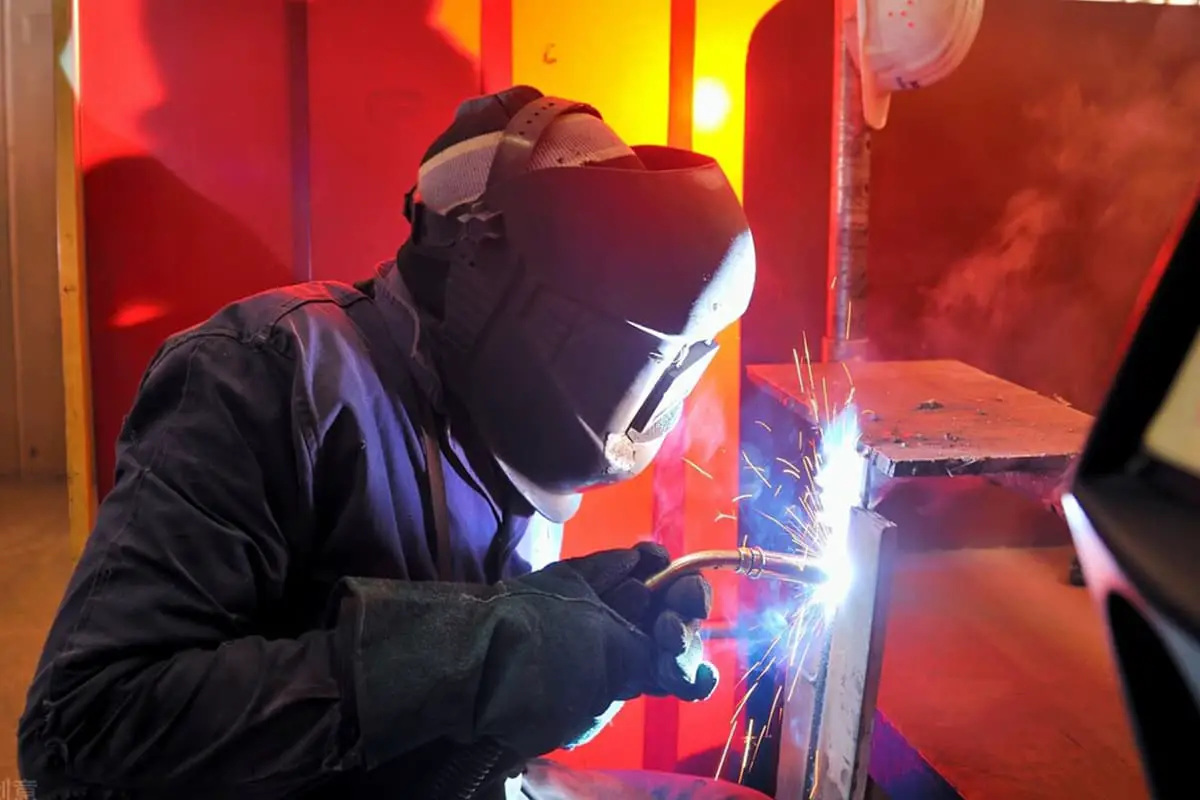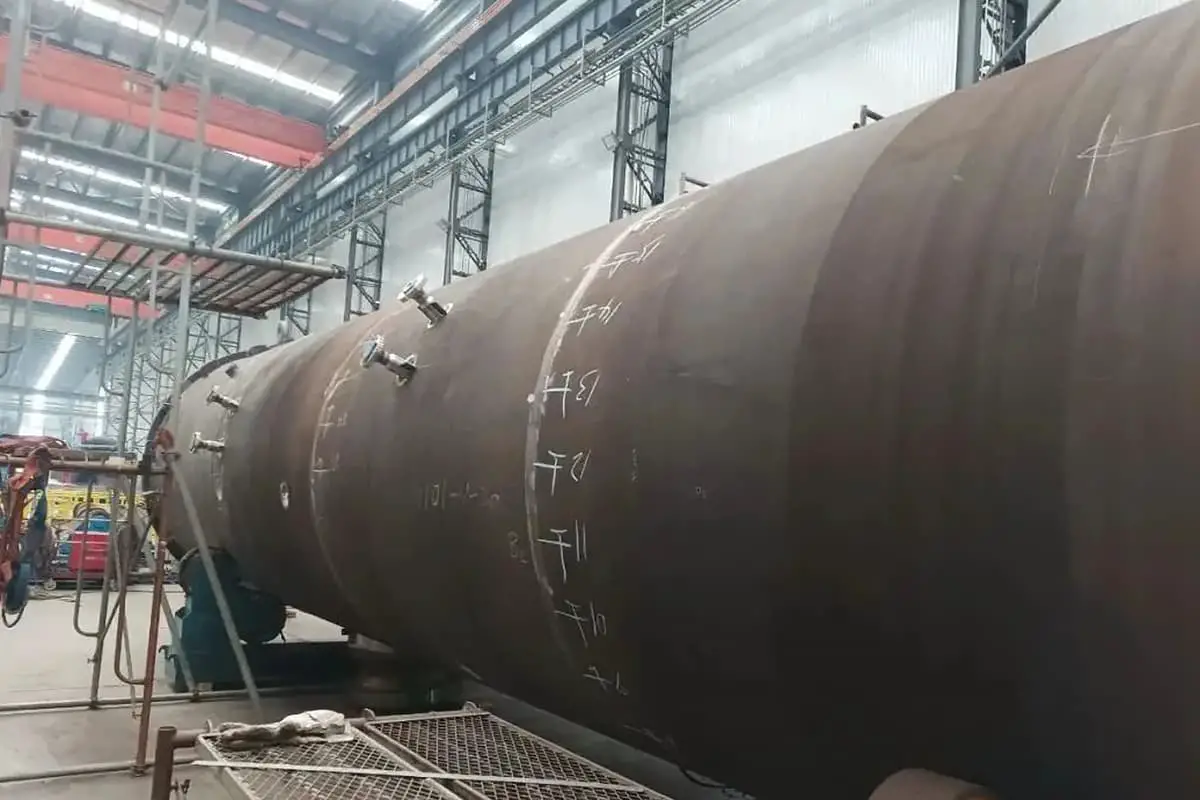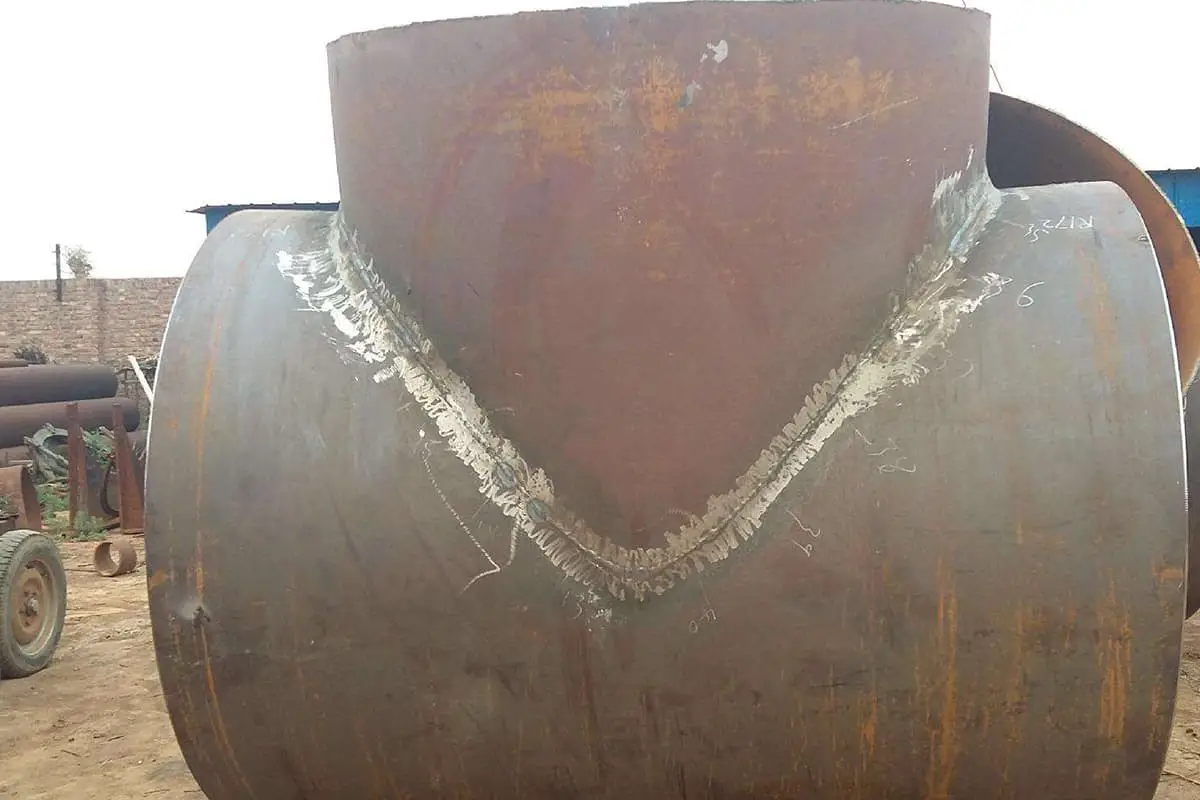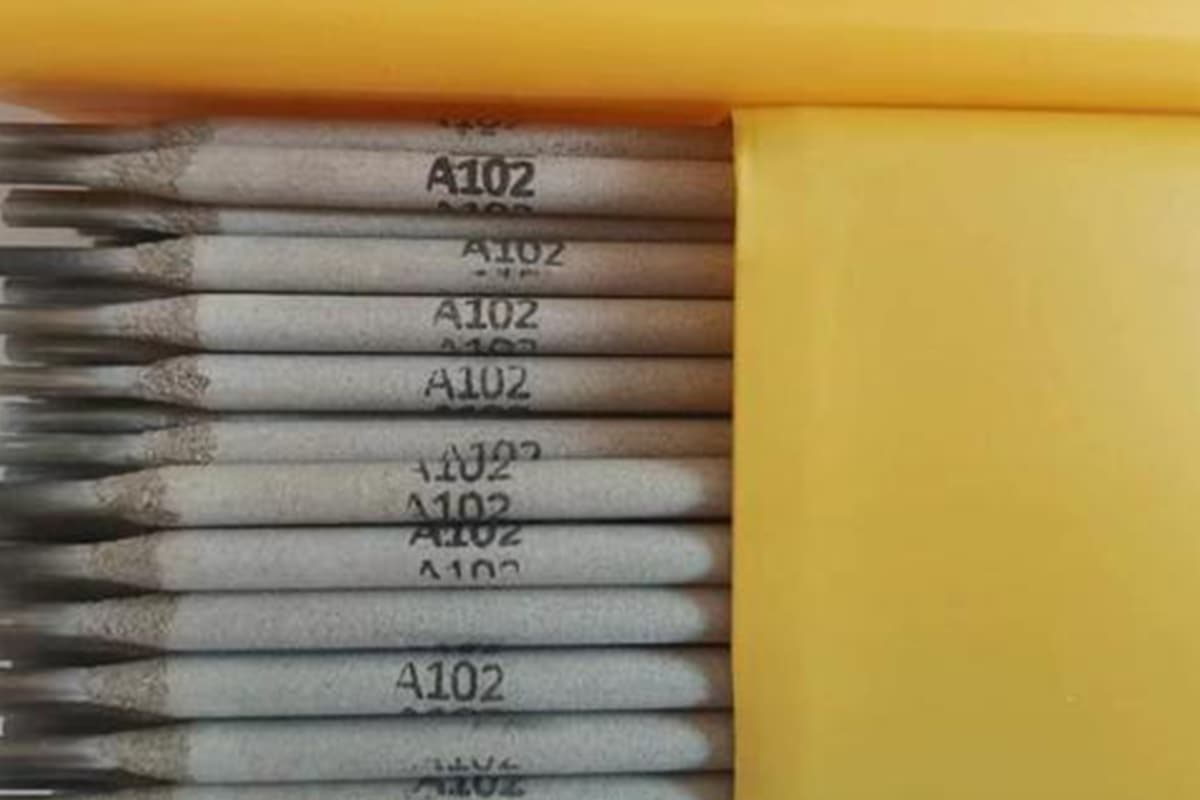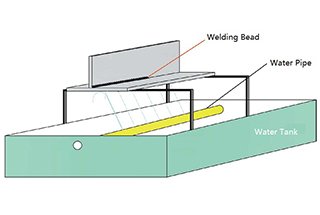
Why can low-carbon steel be welded easily while high-carbon steel poses challenges? This article explores the weldability of different types of carbon steel, highlighting how varying carbon content impacts the process. You’ll discover the specific properties that make low-carbon steel ideal for welding and why high-carbon steel requires special techniques to prevent cracking. Learn what factors to consider to ensure successful welding outcomes with different carbon steels.
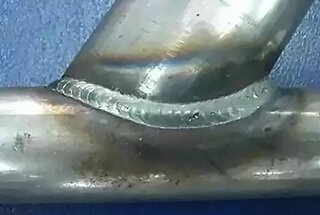
According to the chemical composition, steel can be categorized into two main types: carbon steel and alloy steel.
Carbon steels are further classified into:
(i) Low carbon steel: carbon content < 0.25%
(ii) Medium carbon steel: carbon content 0.25 – 0.60%
(iii) High carbon steel: carbon content > 0.60%
Low carbon steel, often referred to as mild steel, contains less than 0.25% carbon. It is characterized by relatively low strength, hardness, and ductility. This category encompasses most ordinary carbon structural steels and some high-quality carbon structural steels. Mild steel is commonly used for engineering structural components that don’t require heat treatment and for mechanical parts where wear resistance is needed, which can be achieved through carburizing or other surface hardening treatments.
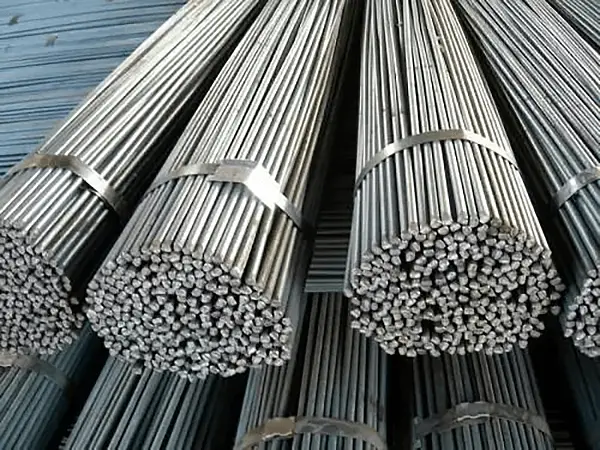
Medium carbon steel, with 0.25% to 0.60% carbon content, offers good hot working and machinability but exhibits poor weldability. It possesses higher strength and hardness compared to low carbon steel, but lower plasticity and toughness. Medium carbon steel can be used directly in cold-rolled or cold-drawn forms, or after heat treatment without additional processing.
When properly quenched and tempered, medium carbon steel demonstrates excellent overall mechanical properties. It can achieve a maximum hardness of approximately HRC55 (equivalent to HB538) and tensile strengths ranging from 600 to 1100 MPa. These characteristics make medium carbon steel the most widely utilized material among medium-strength applications. It finds extensive use in construction and the fabrication of various mechanical components.
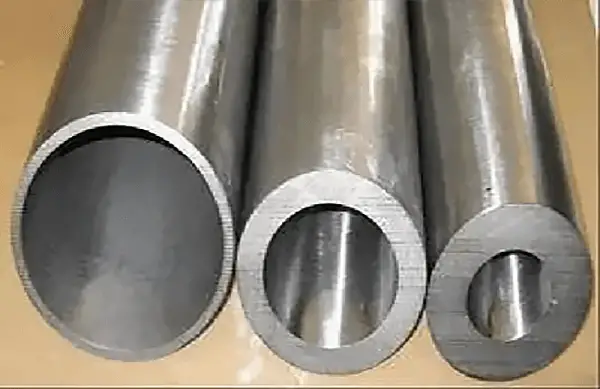
High carbon steel, containing 0.60% to 1.70% carbon, is also known as tool steel. It is suitable for quenching and tempering but exhibits poor weldability. The carbon content is tailored to specific applications:
Each carbon steel grade offers unique properties and is selected based on the specific requirements of the application, balancing factors such as strength, hardness, ductility, and machinability.
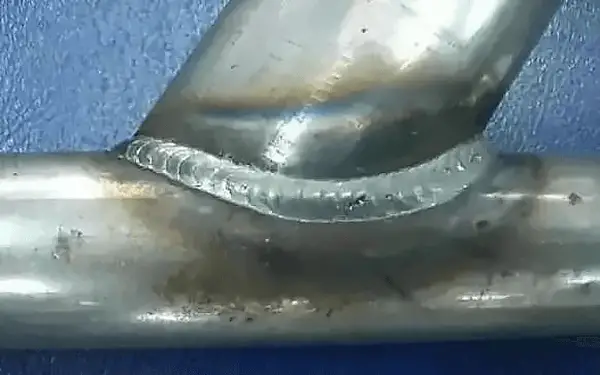
Comparison of welding properties of low carbon steel and high carbon steel
The weldability of steel is primarily governed by its chemical composition, with carbon content being the most critical factor. While other alloying elements can influence weldability, their impact is generally less significant compared to carbon.
Low-carbon steel (typically <0.25% C) exhibits excellent weldability and often requires no special precautions. However, when welding in low-temperature environments, with thick plates, or for high-performance applications, the use of basic electrodes and preheating may be necessary. If the carbon and sulfur content approaches the upper limit for low-carbon steel, additional measures should be implemented to prevent thermal cracking. These include using high-quality low-hydrogen welding consumables, applying pre- and post-weld heat treatments, and optimizing joint design.
Medium-carbon steel (0.25-0.60% C) is more susceptible to welding-induced cracking, particularly as carbon content increases. This is due to the greater hardenability of the heat-affected zone (HAZ), which elevates the risk of cold cracking and reduces overall weldability. Additionally, the carbon content of the weld metal increases proportionally with the base material, further exacerbating the cracking risk.
The presence of sulfur in medium-carbon steel can significantly increase the likelihood of hot cracking during welding. To mitigate these risks, it is crucial to select basic electrodes with superior crack resistance properties. Implementing proper pre- and post-weld heat treatments can also effectively reduce cracking tendencies by managing thermal stresses and microstructural changes.
High-carbon steel (>0.60% C) presents the most challenging welding characteristics due to its elevated carbon content. This results in high welding stresses and a substantially increased risk of both hot and cold cracking in the HAZ. Welds in high-carbon steel are particularly prone to hot cracking compared to their medium-carbon counterparts. Consequently, high-carbon steel is rarely used in general welding fabrication and is primarily limited to specialized applications such as repair welding or hardfacing of wear-resistant components.
Post-weld heat treatment, particularly tempering, is essential for all carbon steel welds, especially those in medium- and high-carbon steels. This process serves to relieve residual stresses, stabilize the microstructure, and significantly reduce the risk of delayed cracking. Proper tempering can dramatically improve the mechanical properties, toughness, and overall performance of the welded joint.
To ensure optimal results when welding carbon steels, it is crucial to consider factors such as preheat and interpass temperatures, heat input control, appropriate filler metal selection, and post-weld heat treatment parameters. These variables should be carefully tailored to the specific carbon content and application requirements to achieve high-quality, defect-free welds with the desired mechanical properties.

